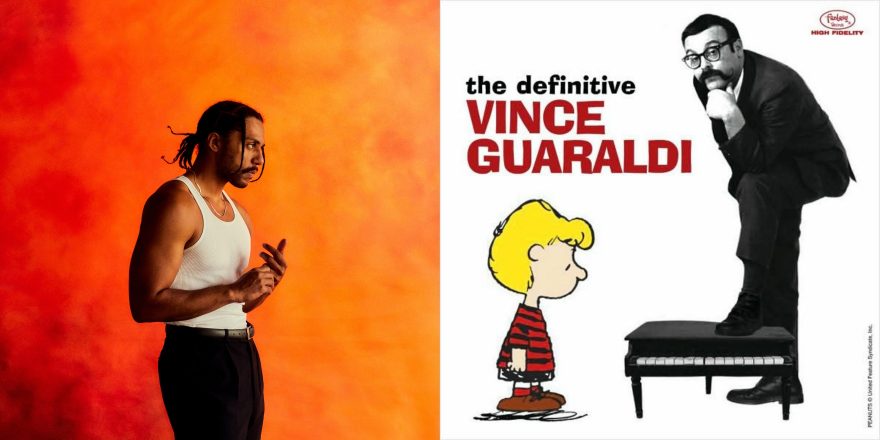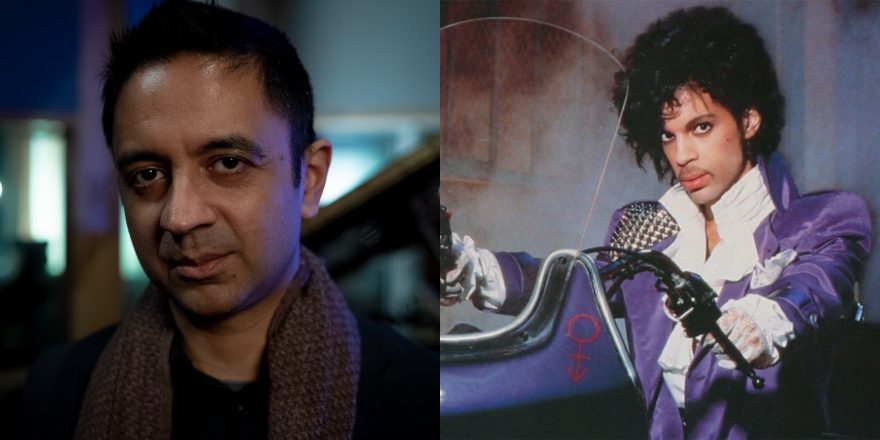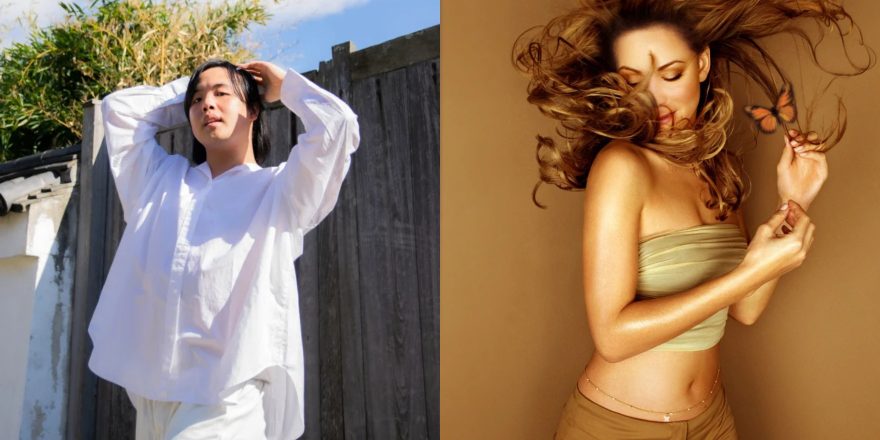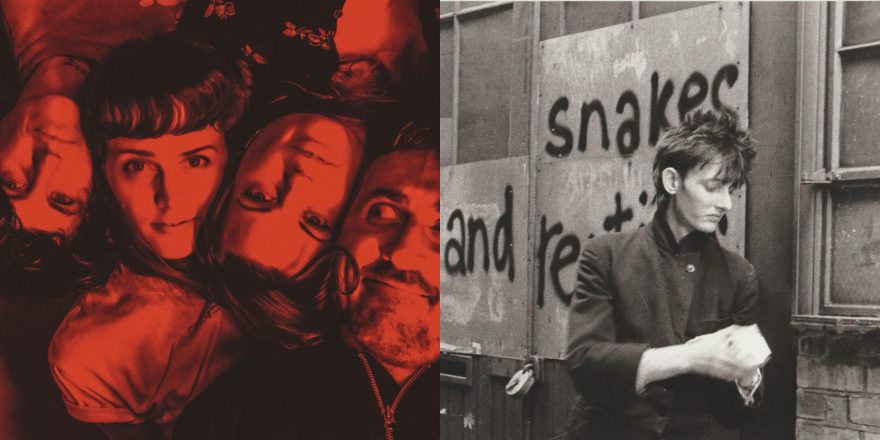My first memorable encounter with jazz would be Vince Guaraldi. I didn’t actually know who he was until I was maybe 20, but he was always played at my parents’ place — specifically, the Charlie Brown Christmas album. My parents would rinse this album in the Christmas months, and because I would hear it every day, I would always be so excited to hear the song “Skating” in particular. It’s the happiest, most upbeat melody I’ve ever heard. I remember even before I started playing piano wanting to learn it. Then my cousin came over, and she knew a very beginner version of the melody, and I was like, “No way, someone could play that!”
As I got older, I was like, If someone can write jazz that is this widely known and accessible, I would like to hear his other works. From there on, I started to dig a little deeper and got into more of his other significant works, like “Cast Your Fate to the Wind,” and the album he did with Bola Sete, From All Sides.
On a lot of his own albums, he was really inspired by bossa nova, which is probably my favorite subgenre of jazz. You can hear some of it in Charlie Brown Christmas, and on “The Great Pumpkin Waltz.” “The Great Pumpkin Waltz” is probably my favorite of his now. That is an incredible song. I like the pace, the drums, and specifically the last 30 seconds — there’s a repeated phrase, with what I think is a flute, and it’s the most euphoric 30 seconds that I think I’ve ever heard in a song. It feels like I’m floating every time I hear it.
I think when it comes to technicals, he is very good at using the most popular progression in jazz, which is a 2-5-1 progression. But he always fits them in in such a beautiful way. If I could say any jazz musician’s use of this extremely famous chord progression — that is the basis of jazz — his use of it is my favorite. Recently, though, I’ve latched onto the drums in his work. I think his drummer, Jerry Granelli, was the last living member of the Vince Guaraldi Trio, and he died a few years ago. Vince himself — I love his piano playing style, but the trio worked so well together. And the drums were always incredible. A big part of my new album was studying the drums that the trio worked around. Jerry Granelli was incredible.
Vince Guaraldi also, actually, was an incredible singer. There’s a song called “Little Birdie” that he did for Peanuts, and I literally thought it was a brother singing — I had no idea it was him. I had to look it up. I’m like, Damn, this guy’s got it all.
Vince Guaraldi’s influence on my new record, Birds, Bees, the Clouds, and the Trees, really came into focus on the second song I started. The first song I started was “Around You,” and that was kind of a reaction to something going on in my life. But after that, a song called “Like When We Were Kids” — I, at that time, was very conscious of my inspiration from Vince. Then the rest of the album, or at least all of the instrumentals after that, were very inspired by him. Like “A View From the Sky”; that whole song was inspired by him. But specifically: I don’t do piano solos — I’m very bad at solos — but that was my first solo on pretty much any song I’ve ever done. I tried to keep it as simple as possible. And not to knock Vince Guaraldi as a soloist, but I noticed that some of his solos were very top-melody-focused, and I was hoping that this very short, 16-bar solo could also be that.
I’ve been calling my album “diet jazz” — that’s why I don’t want to compare it to any of his work. I wouldn’t even consider myself a jazz musician. But I really hope to emulate his ability to make a song that is not so technical, because the jazz world can be very focused on the technical. My thoughts on theory are not that controversial, but sometimes when you learn so much, you lose that childlike wonder. Vince Guaraldi had an ability to keep that simplicity in his music and still have it be so great. I’d like to be able to do that. I don’t think I’ll be able to do that, but I’m going to try my best.
As told to Annie Fell.
(Photo Credit: left, Luis Mora)






